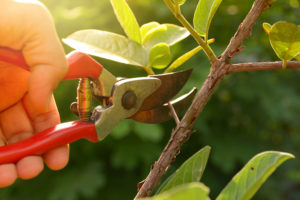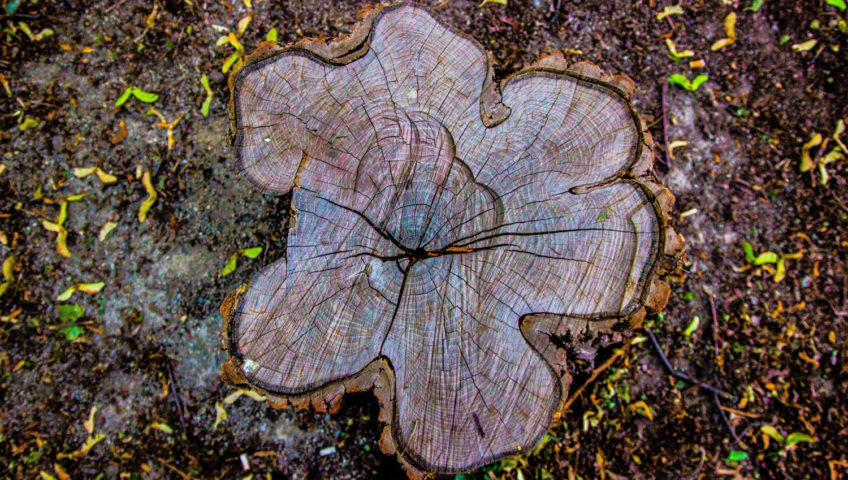Trees are very important for providing shade throughout neighborhoods, and also act as a home to local wildlife in Minnesota. As winter comes and the colder temperatures are beginning however, it’s important to take care of your trees to make sure they stay healthy over the winter months and begin their growing season strong once springtime comes.
Tree Diseases to Worry About in Minnesota
When it comes to addressing the health of your trees, most people think that it only means treating trees when they have diseases. However, it’s important to be proactive in addressing the health of your trees, and you can do so by following the tree health care tips we would explore in this guide.
But first, let’s take a look at some of the tree diseases you might have to worry about in Minnesota.
Rhizosphaera Needle Cast
This is a fungal infection that accepts spruce trees, especially those that are stressed. For this infection, you need to apply spray fungicide, mulching the tree’s base and water it during drought.
Oak Wilt
This is a non-native invasive fungus that can affect all oak species native to Minnesota. It can lead to tree death by invading the water-conducting vessels and is treated through fungicides, root cutting and tree removal.
Apple Scab
This is a common fungal infection that affects apples and crabapple trees from the leaves to the fruits. This disease requires anti-fungal treatments and planting new resistant varieties of trees. You also need to remove dying or dead leaves from the base of the tree.
Diplodia Blight
This fungus grows in weakened or stressed pine trees and can spread through the wind and animals. It’s important to prune the diseased parts and use chemical fungicides. You also have to avoid the spread by disinfecting the shears and removing infected cones and needles.
Dutch Elm Disease
All Minnesota native elm trees can be affected by this invasive fungus, and it spreads through elm bark beetles. It can be treated with fungicides and pruning the affected limbs, but if it is advanced, the entire tree would need to be cut down.
If you’re suspecting any of these diseases, you can turn to Pro-Tree Outdoor Services for all of your tree health care service needs in the western Twin Cities area.
Best Tree Health Tips This Fall
Before the harsh winter season arrives, it’s best to take care of all your trees during fall. Here are some helpful ways to keep trees healthy this fall.
Prune Carefully

During autumn, the leaves on trees are expected to fall. If this happens, it becomes easier to prune since you can see the structure of the branches properly. You should also look out for diseased branches while pruning.
Mulch and Moisture
Mulching the base around the trees would provide much-needed protection as winter approaches. You can maintain about three inches of composted mulch on the landscape and root zone, and also provide protective wraps on weak or new trees.
Fertilize and Feed Your Trees
Root growth is known for being faster during fall than any other season, so it’s important to keep the trees healthy and fertilized while they grow. It would also promote new growth and maintain the nutrient levels of the soil.
Water is Always Important
Fall comes with dry and cool air, which is not always beneficial for the trees. Thus, you should provide additional irrigation asides from the usual watering schedule, to prevent root damage and get it prepared for spring.
Call Pro-Tree Outdoor Services Today
Whether you want to treat diseased trees by pruning, removal, and chemical treatments, or you need other fall tree care services in Minnesota, you can turn to Pro-Tree Outdoor Services today! Wherever you are in the greater Twin Cities area, you can enjoy leading quality EAB treatments and other tree care health services.


Write a Comment